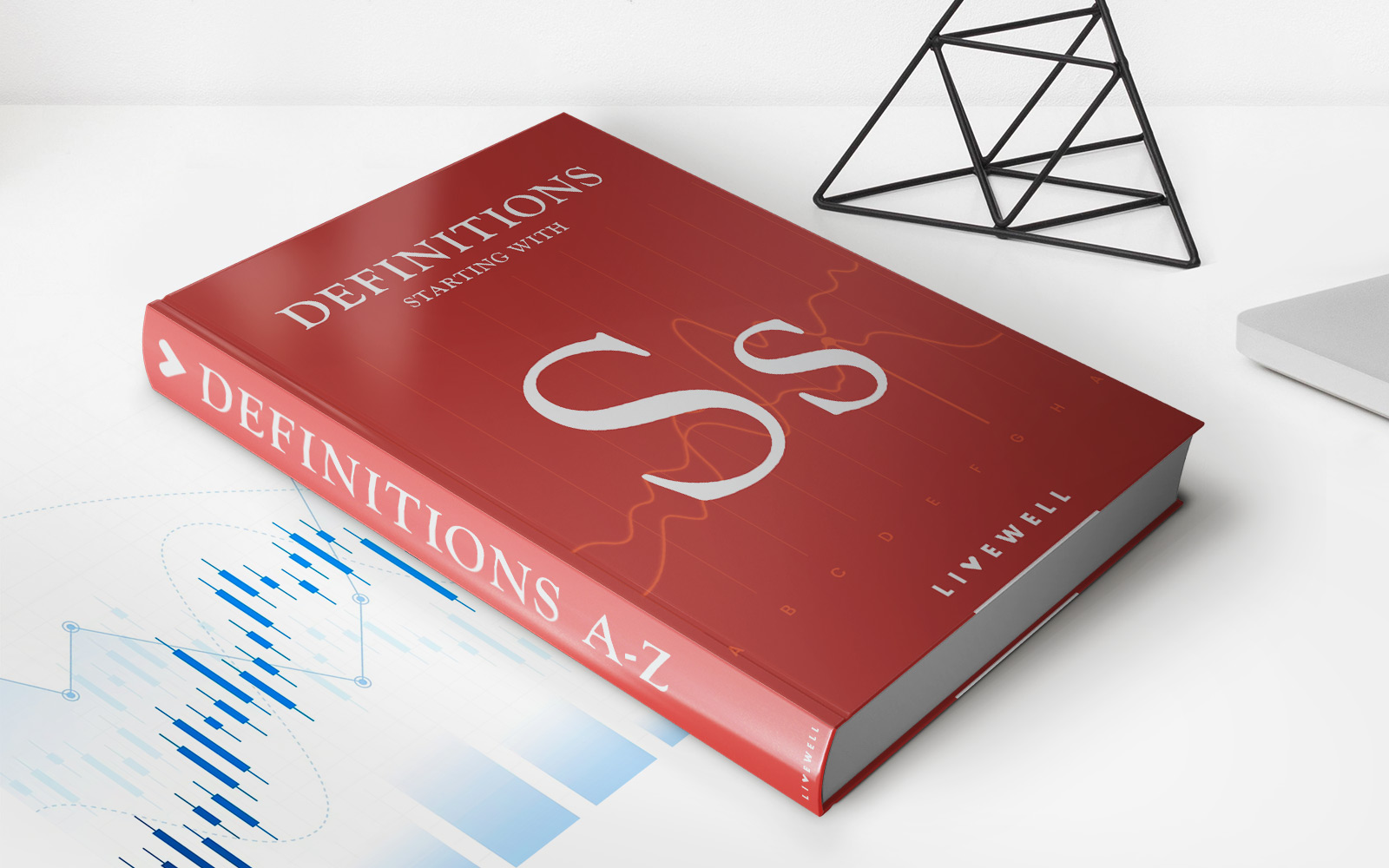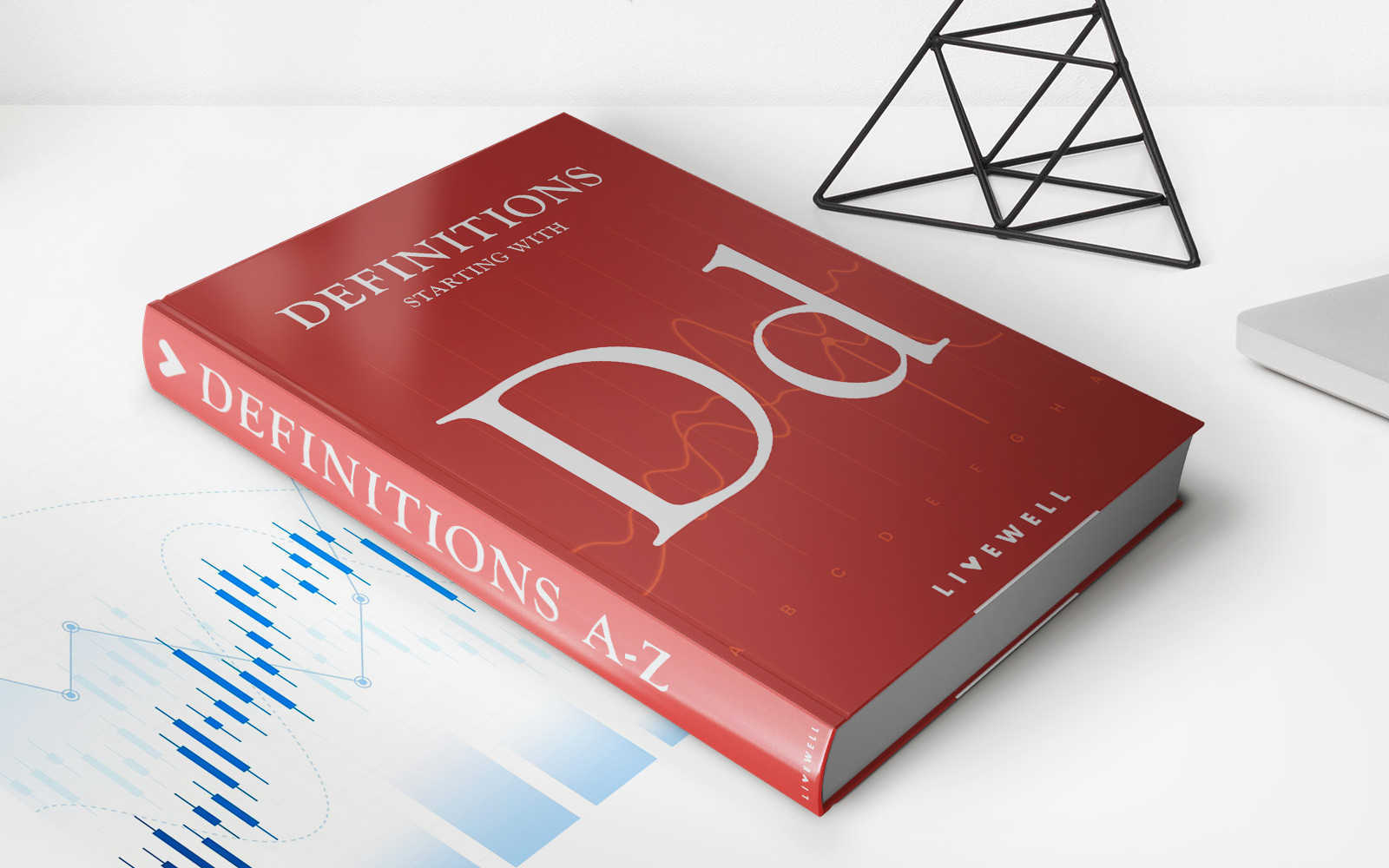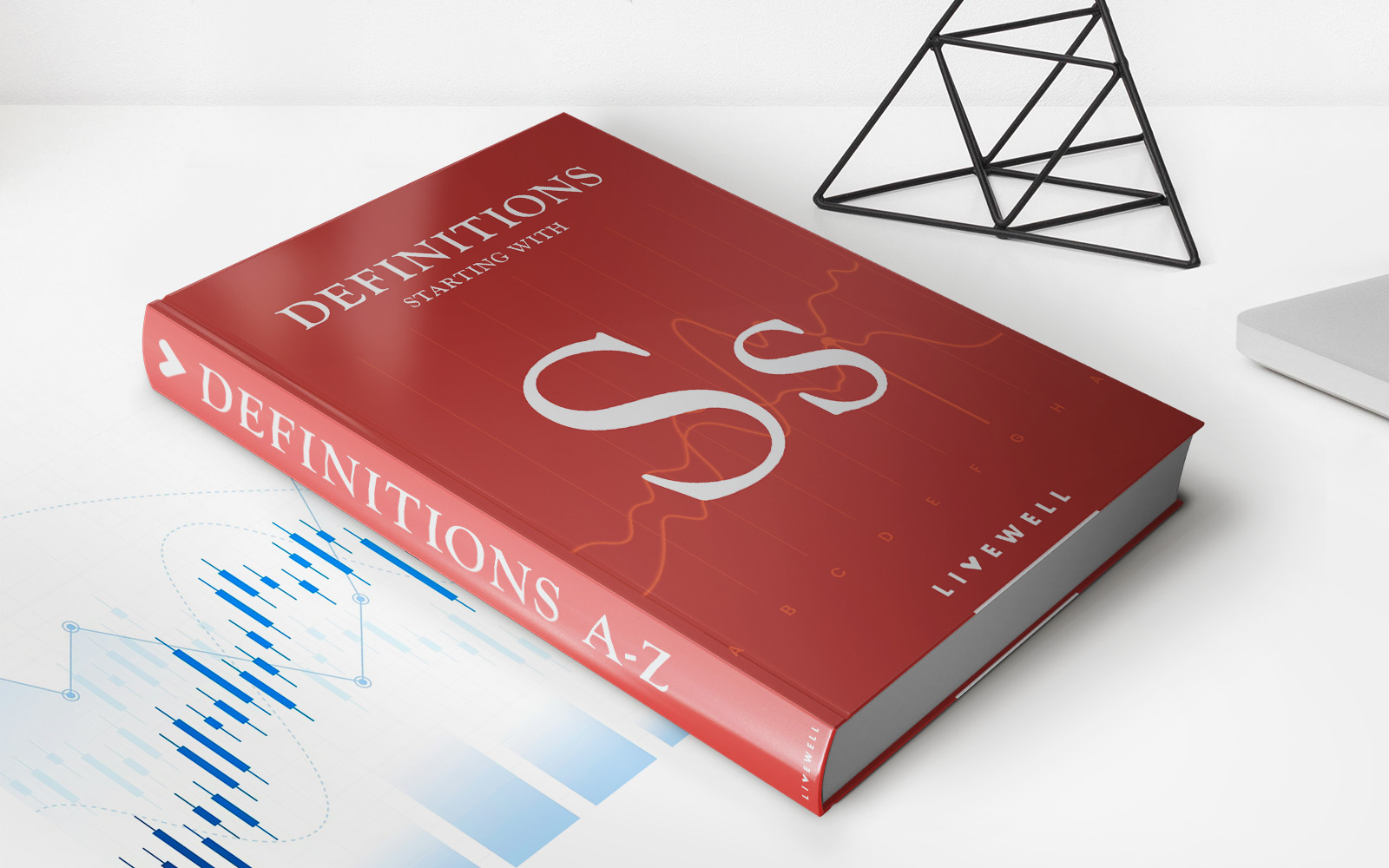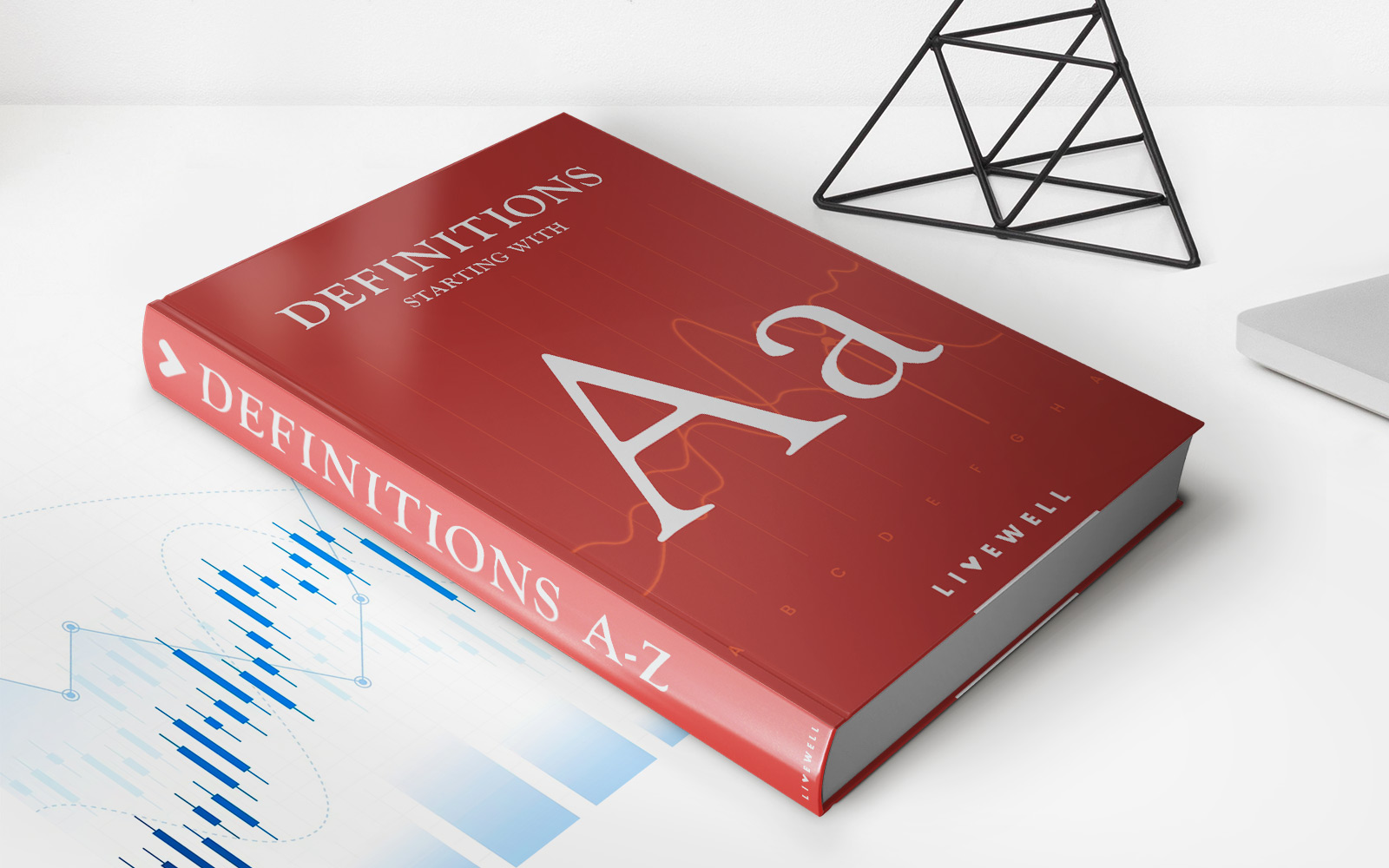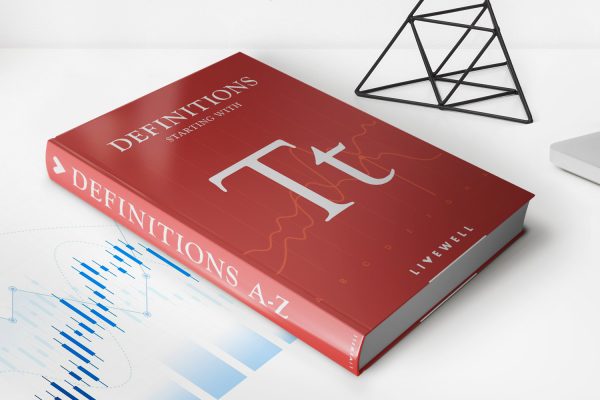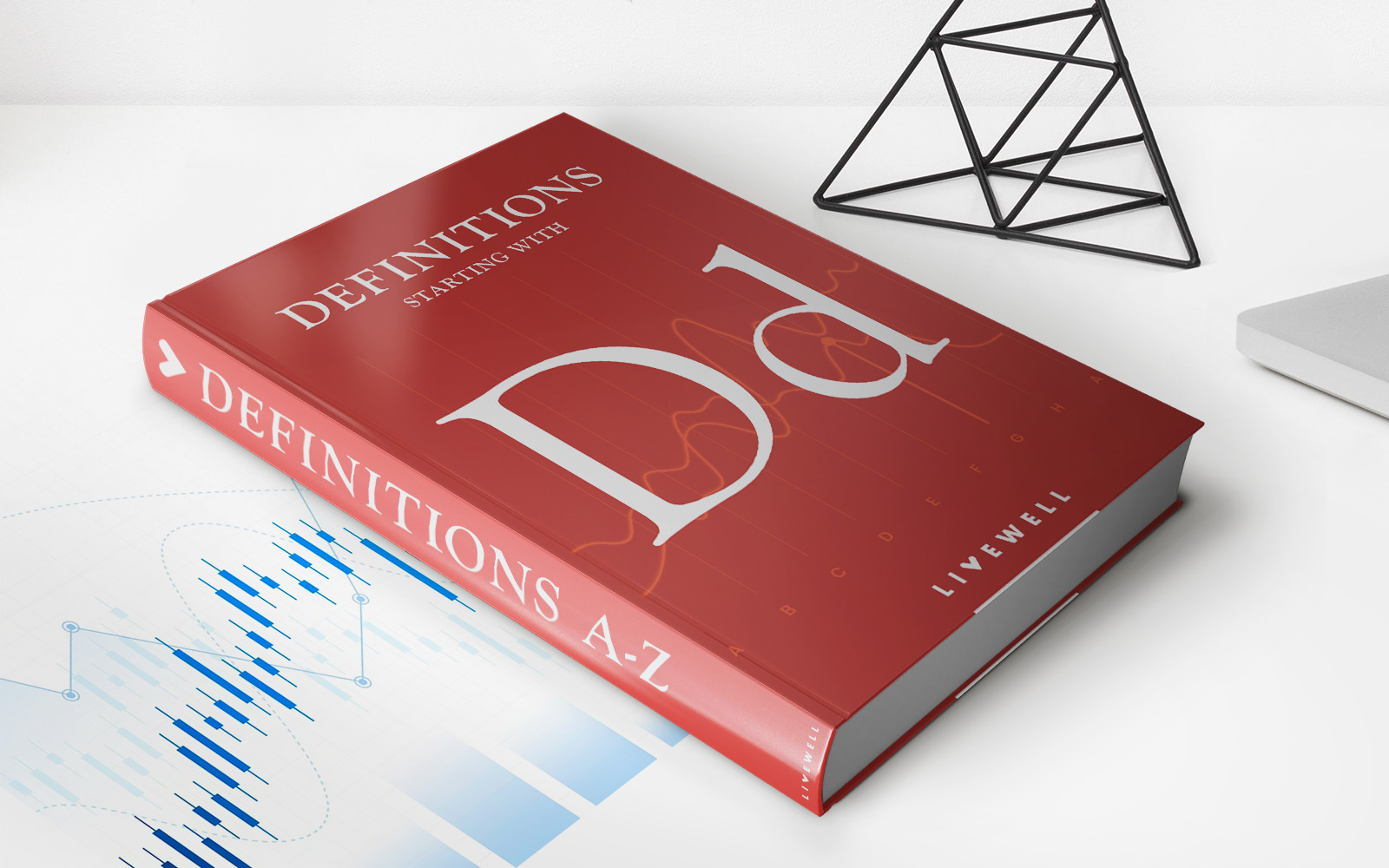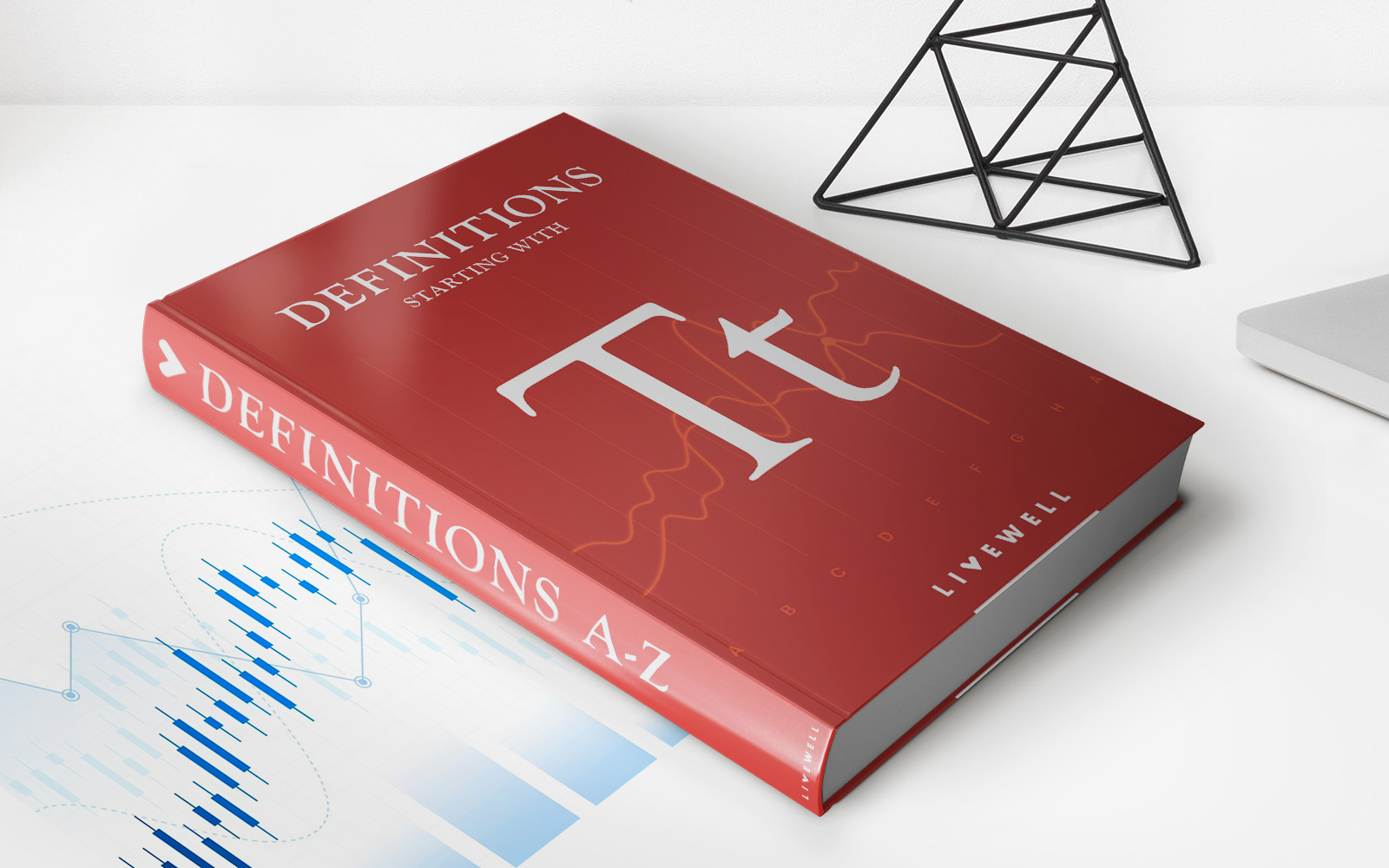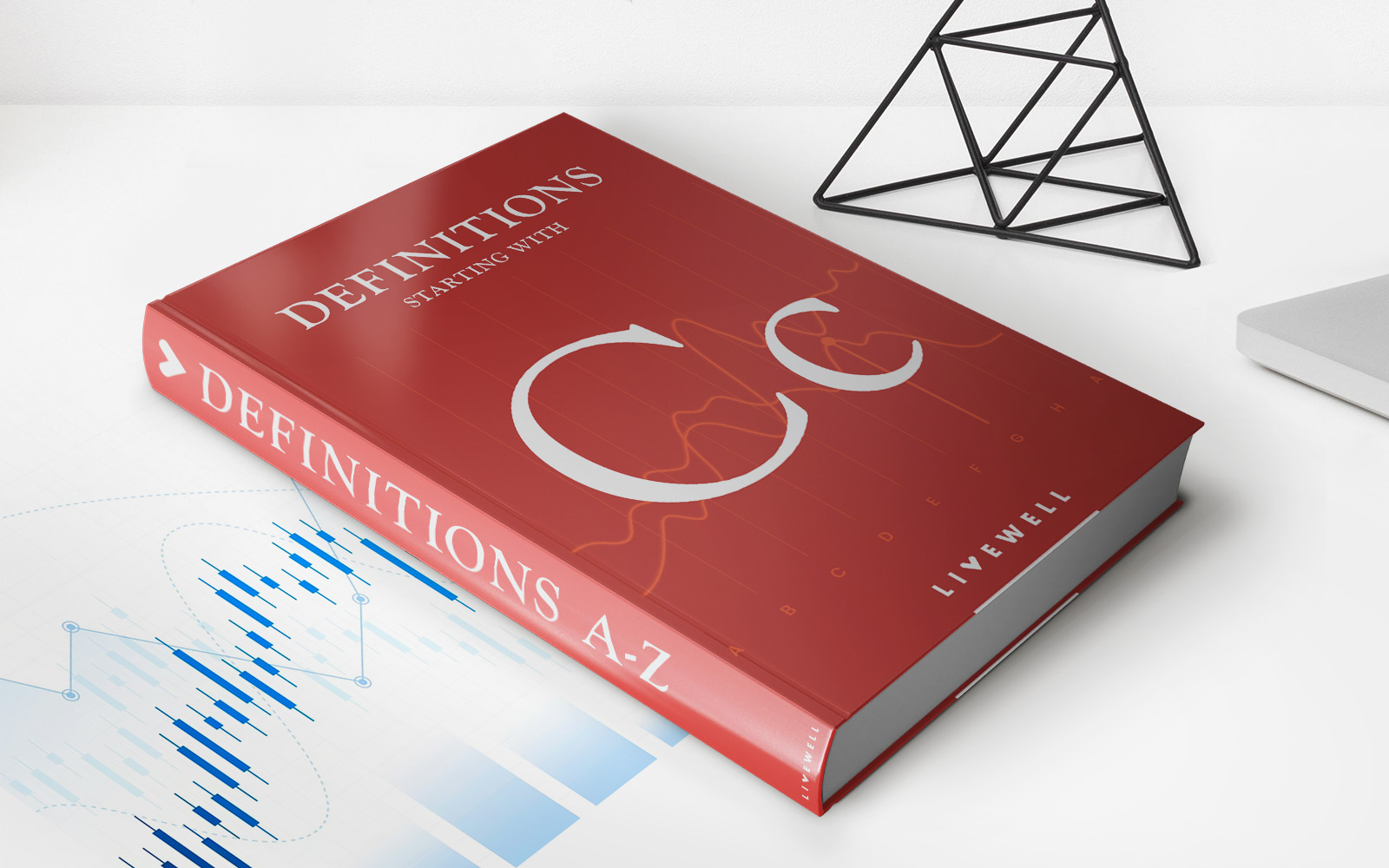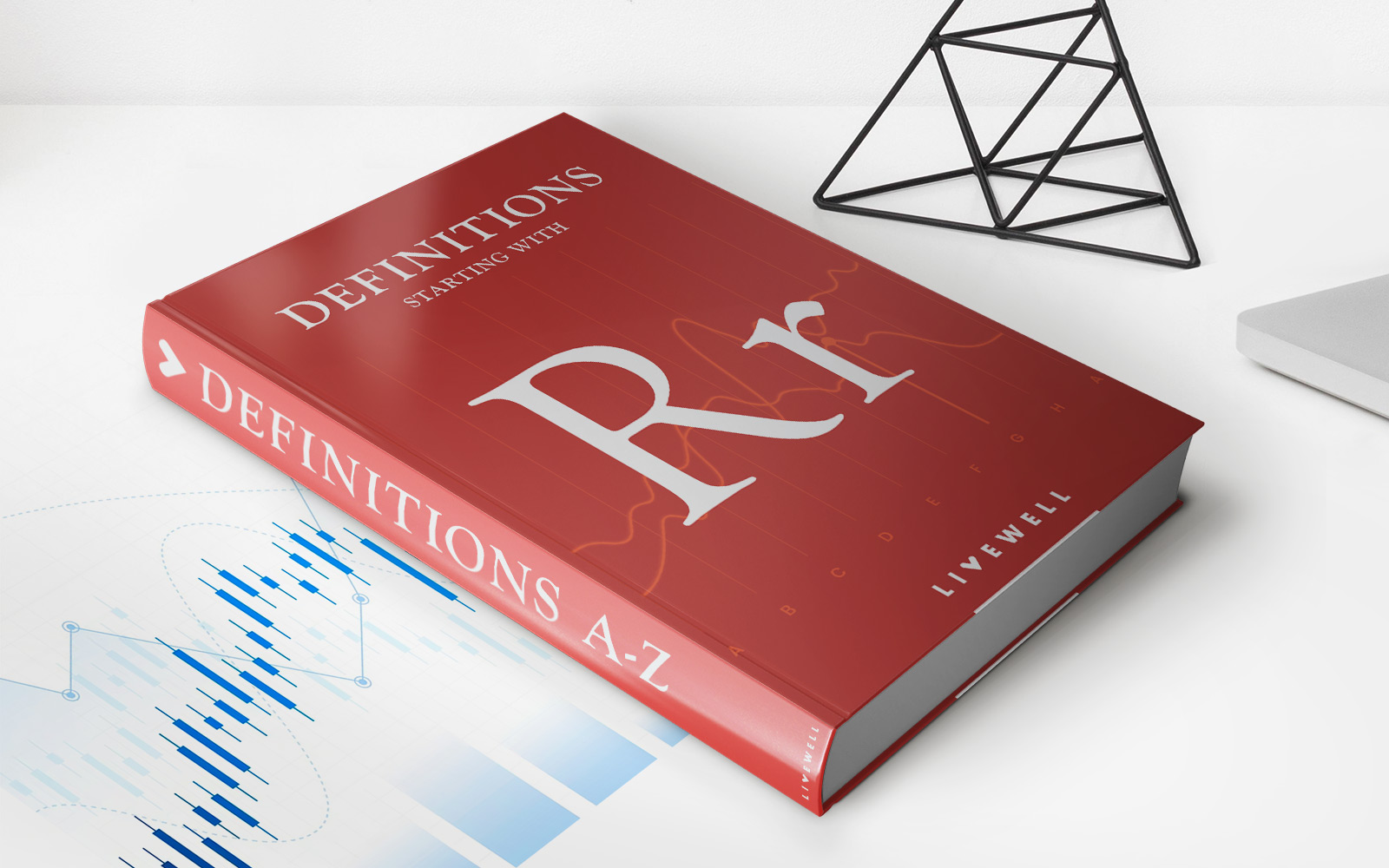

Finance
Reaganomics: Definition, Policies, And Impact
Published: January 16, 2024
Learn about Reaganomics: its definition, policies, and impact on the economy. Explore the influence of this iconic approach to finance.
(Many of the links in this article redirect to a specific reviewed product. Your purchase of these products through affiliate links helps to generate commission for LiveWell, at no extra cost. Learn more)
Welcome to our Finance Category: Reaganomics: Definition, Policies, and Impact
Are you interested in delving into the world of finance and understanding how economic policies can shape a nation? Look no further! In this blog post, we will explore the fascinating realm of Reaganomics – an economic policy implemented during the presidency of Ronald Reagan in the 1980s. Join us as we dive into the definition, key policies, and lasting impact of Reaganomics.
Key Takeaways:
- Reaganomics was a set of economic policies implemented by Ronald Reagan during his presidency to stimulate economic growth and reduce government intervention.
- These policies focused on reducing taxes, deregulating industries, and controlling inflation, with an emphasis on supply-side economics.
The Birth of Reaganomics
Before we explore the impact of Reaganomics, let’s first understand its origins. Reaganomics, a term coined to describe Ronald Reagan’s economic policies, aimed to address the stagflation – a combination of high inflation and stagnant economic growth – that plagued the United States during the 1970s. Reagan believed that reducing government intervention and empowering businesses and individuals would revitalize the economy.
Key Policies of Reaganomics
Reaganomics can be summarized through three key policies:
- Tax Reduction: The cornerstone of Reaganomics was a significant reduction in tax rates. By implementing tax cuts for both individuals and corporations, Reagan aimed to stimulate economic growth, incentivize investments, and encourage entrepreneurialism.
- Deregulation: Reagan sought to remove government regulations that he believed limited economic growth. By reducing bureaucratic red tape and deregulating industries, he aimed to foster innovation and free market competition.
- Monetary Control: Another crucial aspect of Reaganomics was controlling inflation through tight monetary policies. By working closely with the Federal Reserve, Reagan aimed to curb inflation, stabilize prices, and maintain a sound financial system.
Through these policies, Reagan aimed to boost economic growth, create jobs, and ultimately increase prosperity for all Americans. Now, let’s explore the lasting impact.
The Lasting Impact of Reaganomics
The impact of Reaganomics is still felt today, decades after its implementation. Here are some notable effects:
- Economic Growth: Reagan’s tax cuts and deregulation policies are often credited with contributing to a period of robust economic growth. The average annual GDP growth rate during Reagan’s presidency was 3.5%, higher than the previous decade.
- Wealth Gap: While Reaganomics brought prosperity, critics argue that it also exacerbated income inequality. The policies benefited the wealthy more than lower-income households, leading to an increase in the wealth gap.
- Political Ideology: Reagan’s economic policies solidified the belief in the effectiveness of supply-side economics within the Republican Party. The idea that lower taxes and limited government intervention can stimulate economic growth continues to influence conservative economic policies.
- Debate on Trickle-Down Economics: Reaganomics popularized the concept of trickle-down economics. Proponents argue that when the wealthy benefit from tax cuts, their spending and investments benefit lower-income individuals and the overall economy. Opponents, however, claim that the benefits do not evenly “trickle down” and may perpetuate income inequality.
In conclusion, Reaganomics was a set of policies aimed at stimulating economic growth through tax cuts, deregulation, and monetary control. While it led to a period of economic expansion, it also raised concerns about income inequality. Understanding the impact of Reaganomics can shed light on the ongoing debates surrounding economic policy.
Thank you for joining us on this exploration of Reaganomics. Stay tuned for more insightful content on finance and other fascinating topics!

